Beginning Moves
Language as Dance
By Eric Dahlman
I was searching the internet for resources to brush up on my French this summer, when I ran into some related infographics. Each of the images explains reasons to learn a language. There are almost always sections explaining the brain’s benefits of speaking a foreign tongue. However, the graphic that caught my attention came from Sunbelt Staffing and claimed, "learning a second language later in life changes the brain in the same way that learning complex motor skills, such as juggling or dancing do." Later on, I found a comparison to language and specifically ballroom dance. Naturally, dancing is good for your brain at any age. For more information, I recommend Christopher Bergland’s article, "Why Is Dancing So Good for Your Brain," from Psychology Today.
Learning how language and dancing’s functions in the brain relate to each other is interesting, but I came to another conclusion as I was studying my French flashcards. If language memorization goes through similar processes as learning muscle memory, how can I use my study skills to help me learn to dance quicker? After some pondering, I have taken my 10 tips for learning a language and listed how they can be used in dance:
Use multiple resources. We can’t always use one source to teach us everything about a subject. While my coach teaches me as much as possible and shows me proper technique, I look to other dance groups and videos online to learn additional moves and brush up on areas not mentioned in class.
Fifteen minutes every day is better than three hours in one day. The hard part of ballroom is that it takes time for dances to become part of your muscle memory. If one learns a lot one day, they might not remember it the next. Work on one aspect of dance a little bit each day rather than only relying on a huge session once a week. You’ll learn faster and be a lot less frustrated.
Learn with a friend. Ballroom is a partner sport, but we should find other people to learn with even outside our partners. Friends make practice fun. Plus, when we learn with people we like, we feel more motivation to keep practicing.
Remember why you want to learn. Hours of practice get boring, but remember why you started dancing in the first place. Be it to find a new hobby, connect with someone special, or to win first at the next competition, keep in mind why you put in the effort.
Be like a child and make mistakes. Children learn quickly because they aren’t afraid to put themselves out there. As adults, our fear of making a mistake in front of people inhibits us from progress. Take the first step! We all start bad, so flail your legs now with pride, and you’ll become a pro in time.
Focus on basics first and the rest will come. We have all seen some incredible moves executed by professionals that inspire us to dance. However, you don’t start at the highest level of difficulty. Begin with basic steps, and eventually you learn to break down complex moves as simple motions.
Conversation is better than a dictionary. Learning new steps from watching a YouTube video is great, so keep it up! However, to learn something faster and make it feel natural, put it to use. Go to social dances or maybe even more competitions. Using your dance will help you learn more than practicing alone.
Read, listen, and watch in your target language. While we can’t watch a movie in ballroom dance as you would with Spanish, we can find more contexts for dance. Read about technique, (like from this magazine), listen to other dancer’s stories, and watch competitions and videos of other dancers.
If you can’t travel, bring the language to you. We can’t all afford to fly off to faraway competitions or instructors everyday. We can learn to find practice in the area around us. Practice while you’re at home. Join local dance groups---bring dance to your everyday life.
Focus exactly on what you want to learn. Make goals! If you want to learn a specific dance step, find information on that. Want to work on arm movement? Focus specifically on that. When we know what we want, it becomes easier to aim for that target.
My dance instructor always complains about how people don’t realize how long it takes to learn ballroom. There is definitely no way around the effort it takes, but we can learn faster by looking at dance from another direction. Language and dance share many similarities within the brain. Maybe by thinking of ballroom as we do practicing vocabulary, we can learn even more efficiently.
